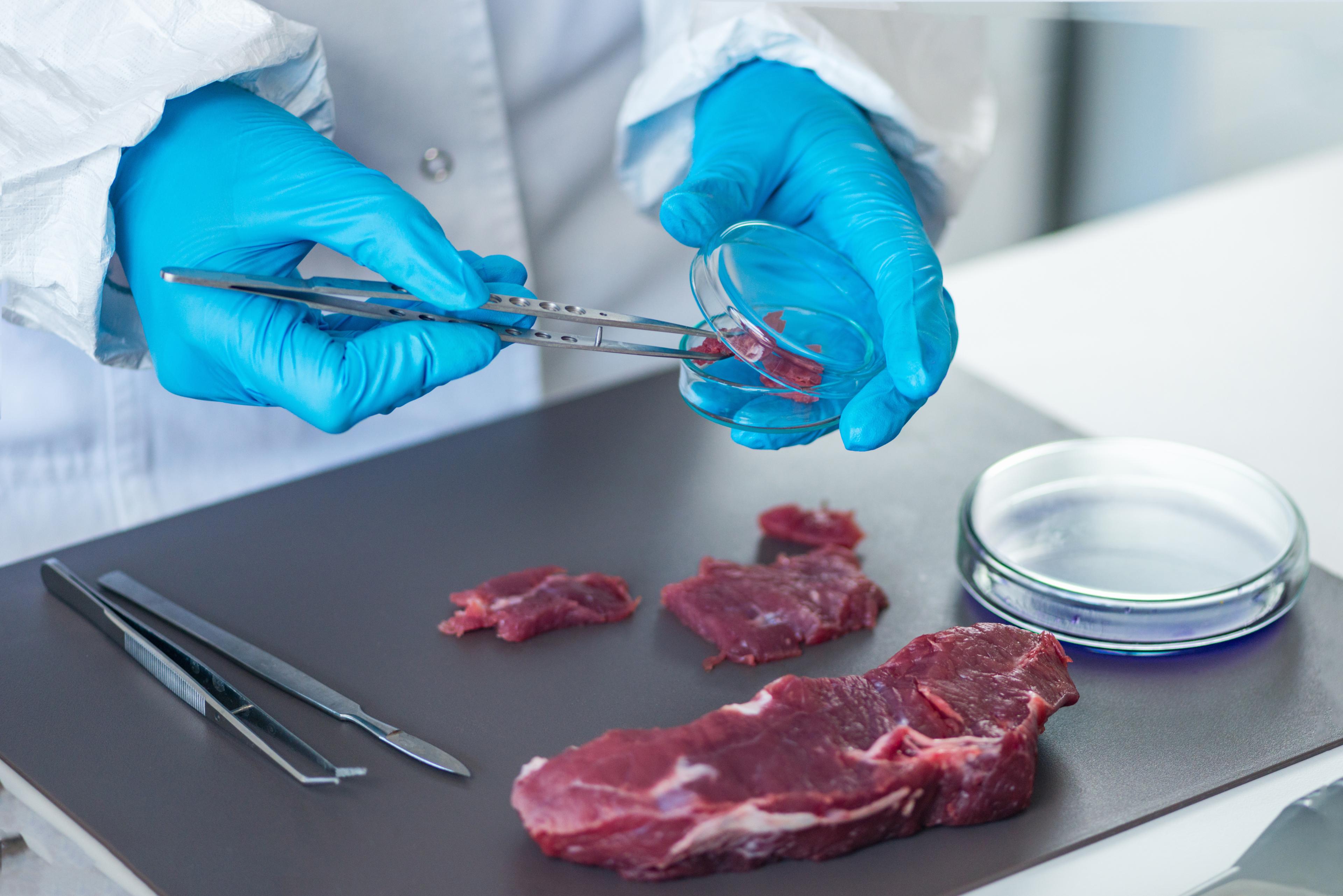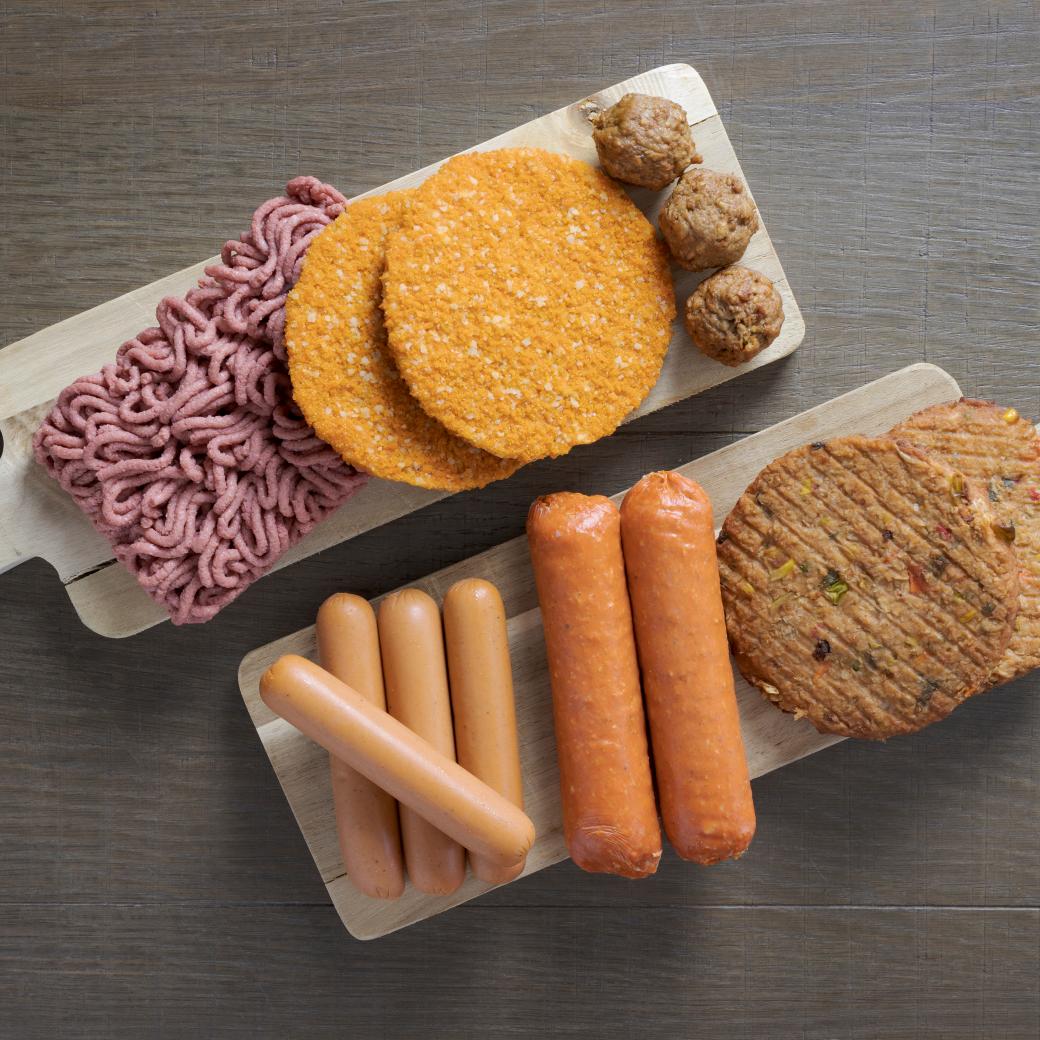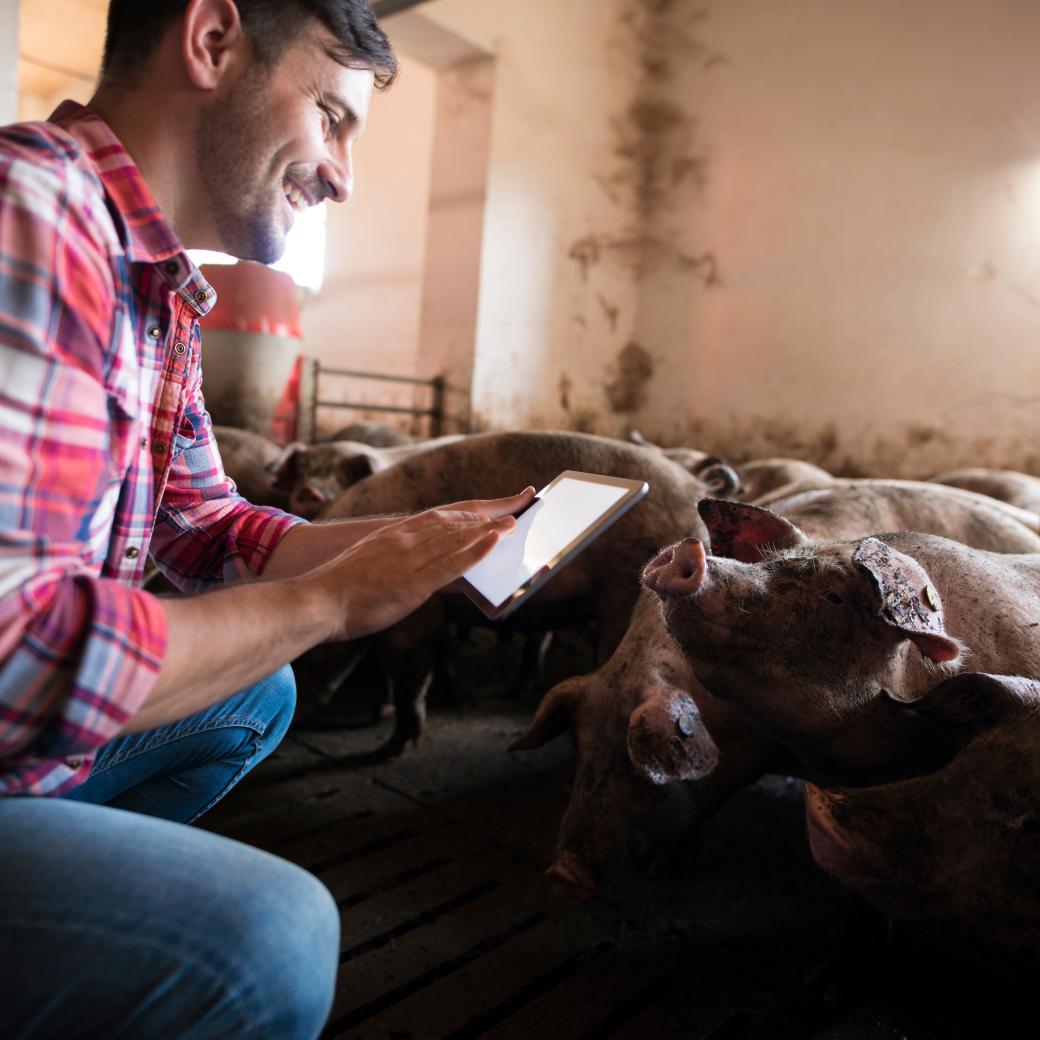SAFEMEAT

Strategies for managing pathogens and the use of indicator bacteria in the meat chain
Why this project?
Slaughterhouses and butchers are confronted with the challenges of food pathogens in the production environment, on carcasses and on cuts of meat. Despite the efforts already made, the presence of pathogens remains a big problem in the meat sector because a contamination can have serious consequences for public health and can result in frequent recalls (including a damaged image). Traditional cleaning and disinfecting in slaughterhouses is not always sufficient for preventing a contamination of persistent Salmonella strains. Listeria monocytogenes are also quite common, but insight into the contamination routes is very limited. It is also not clear if the presence or absence of these pathogens can be estimated based on general hygiene indicators, including an E. coli and Enterobacteriaceae bacteria count. These micro-organisms grow under similar environmental factors and are easier to detect. All these unknowns hinder the businesses in the sector in drawing up an adequate action plan.
Research approach
SAFEMEAT is a collective research project (type VIC-CO) with the objective of better management of pathogens in the meat sector. The research approach is:
- Taking many samples in different areas in the slaughterhouse (before and after cleaning) of the animals to be slaughtered, the carcasses and the cut meat.
- Examining the presence of Salmonella and the bacteria count of E. coli in selected poultry slaughterhouses and butchers.
- Examining the presence of Salmonella and Listeria monocytogenes and the total bacteria count as well as the bacteria count of Enterobacteriaceae. in selected pig slaughterhouses and butchers.
- Examining the presence of Listeria monocytogenes and the total bacteria count as well as the bacteria count of Enterobacteriaceaein selected cattle slaughterhouses and butchers.
- To map out contamination sources and routes and research the persistence, the detected pathogens will be isolated and characterised at strain level.
- We will examine if there is a correlation between the bacteria count of the indicator bacteria and the presence of Salmonella and Listeria monocytogenes.
- Determining the growth (growth potential and growth speed) of Listeria monocytogenes is based on storage, time, temperature and packaging conditions for fresh, intact and ground meat (challenge tests) and drawing up a predictive growth model.
- Action plans for combating Listeria monocytogenes and Salmonella will be determined and evaluated.
- A user-friendly software tool for more advance scenario analyses will be developed.
Target group and expected results
Specifically, the project will lead to the following for companies:
- Knowledge about contamination sources and routes of the pathogen bacteria Salmonella and Listeria monocytogenes in the fresh meat sector
- Knowledge about the possible use of indicator bacteria for pathogen management
- Evaluating and improving slaughter and butchering techniques
- Innovative hygiene measures and cleaning and disinfecting techniques with a focus on removing persistent contamination
- Better knowledge about the survival and growth of Listeria monocytogenes throughout the pork and beef production chain
- A manual for the work floor for combating pathogens or indicators or management and a user-friendly software tool customised for the company for advanced scenario analyses
- Providing companies with a scientific base for drawing up sector-specific practical guidelines and safety levels for an improved and sustainable prevention policy for persistent bacterial contamination
This project is geared towards the entire fresh meat sector with extra focus on slaughterhouses and butchers. But their suppliers, transporters and customers, such as fresh meat distributors (wholesalers), meat processing companies, including producers of ready-made meals and companies specialised in cleaning and disinfecting will also find value in this project.
Project partners
Flanders’ FOOD manages and coordinates the project. Various research groups are responsible for the execution:
- Research group ‘Veterinary Public Health and Food Safety (VVV)’ from Ghent University, under the supervision of Prof. Lieven De Zutter (retired since September 2017)
- Research group ‘Technology and Food’ from ILVO, under the supervision of Koen De Reu, Geertrui Rasschaert and Marc Heyndrickx
- Research group ‘Mechatronics, Biostatistics and Sensors (MeBioS)’ from KU Leuven, under the supervision of Prof. Annemie Geeraerd
Several major partners are also involved in this project:
- the Federatie van het Belgisch Vlees (Febev) (Federation for Belgian Meat) and the Vereniging van Industriële Pluimveeslachterijen (Association of Industrial Poultry Slaughterhouses) (VIP).
- Federal Agency for the Safety of the Food Chain (FASFC).
Articles

From apple tree to innovation: meet B3ET




